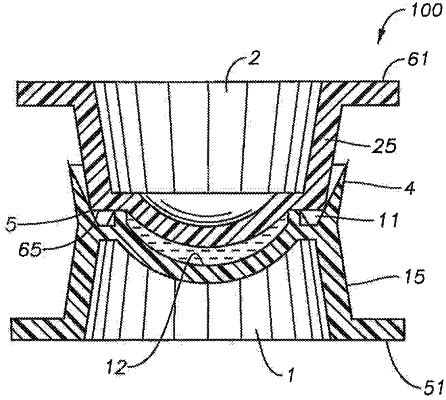| CPC B29D 11/00192 (2013.01) [B29D 11/00201 (2013.01); B29K 2083/00 (2013.01); B29K 2105/0061 (2013.01)] | 14 Claims |

|
1. A method for producing contact lenses, comprising:
a) providing a mold including a male mold half having a first molding surface and a female mold half having a second molding surface, wherein the male and female mold halves are configured to receive each other such that a mold cavity is formed between the first and second molding surfaces when the mold is closed;
b) dispensing an amount of a silicone hydrogel lens-forming material into the female mold halves;
c) mating the male and female mold halves to close the mold;
d) curing thermally or actinically the silicone hydrogel lens-forming material located in the mold cavity, thereby forming a silicone hydrogel contact lens within the lens mold;
e) separating the mold into the male and female mold halves, with the molded silicone hydrogel contact lens adhered on a lens-adhered mold half which is one of the male and female mold halves;
f) cooling the lens-adhere mold half with the molded silicone hydrogel contact lens adhered thereon to a temperature between minus five degree Celsius and fifteen degree Celsius and provided that a liquid nitrogen, liquid helium or solid carbon dioxide is not used to cool the lens-adhere mold half, wherein the molded silicone hydrogel contact lens is not separated from the cooled lens-adhered mold half after the step of f);
g) bringing a shaped ultrasonic horn in direct contact with at least one area of a non-optical surface of the cooled lens-adhered mold half with the molded silicone hydrogel contact lens attached thereon;
h) applying a ultrasonic vibrational energy to the at least one area of the non-optical surface of the lens-adhered mold half having the molded silicone hydrogel contact lens attached thereon so as to release the molded silicone hydrogel contact lens from the lens-adhered mold half.
|